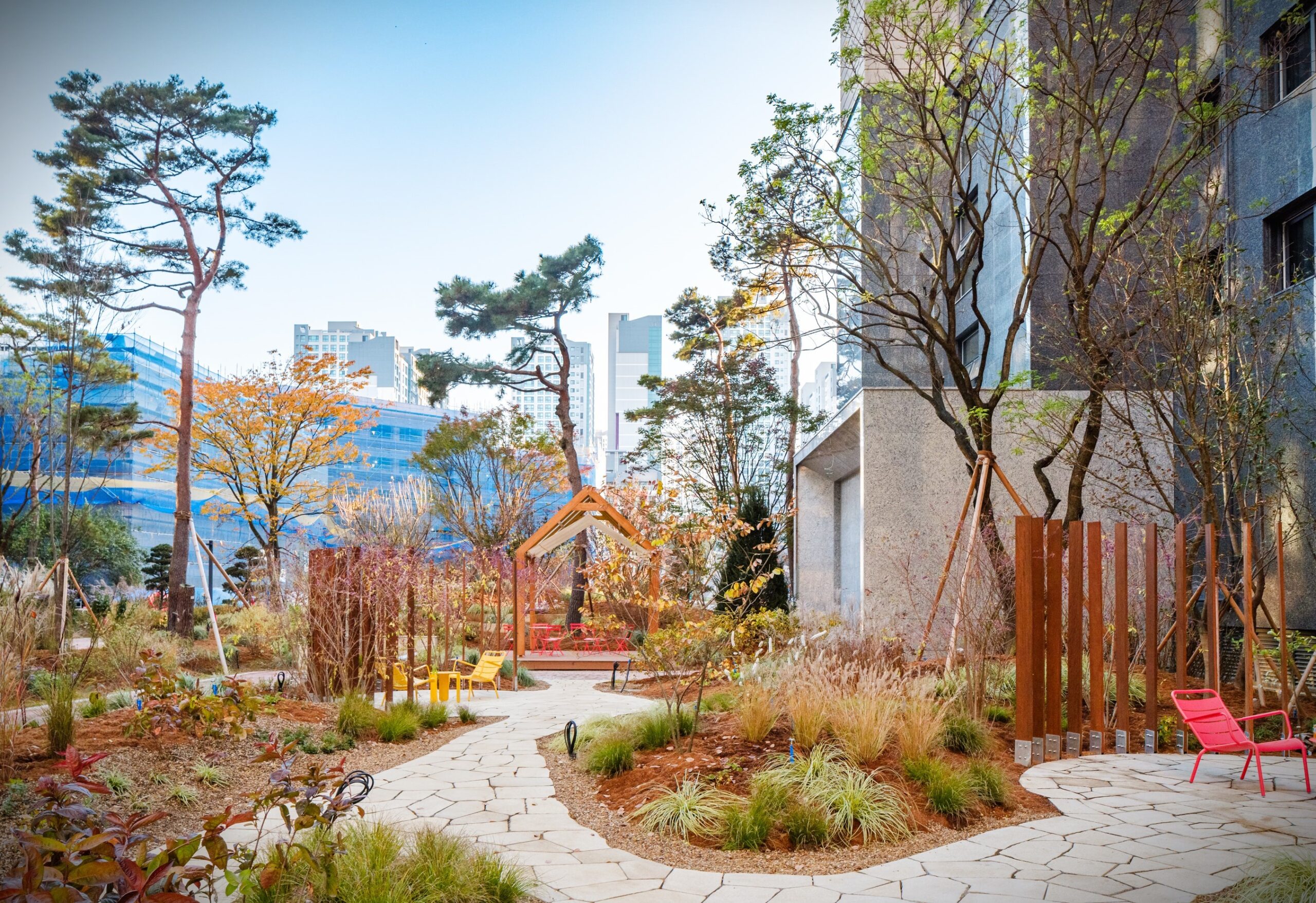
ARCHITIZER.COM
Access to Nature Is a Human Right and It Should Be an Architectural Priority
Architizer's 13th A+Awards features a suite of sustainability-focused categories that recognizing designers that are building a green industry and a better future. Start your entry to receive global recognition for your work!In his 2019 article for Children & Nature Network, Richard Louv makes us pause for thought in the first paragraph. He tells the story of pediatrician and clinical scientist Nooshin Razani, who treated a four-year-old girl suffering from anxiety after fleeing war-torn Yemen for San Francisco. Instead of prescriptions or therapy, the doctor offered the child a chance to visit a local park.Razani is founder of the Center for Nature and Health, Americas first nature-based clinic linked to a major healthcare provider, which leads on the Stay Healthy In Nature Everyday (SHINE) program. As it sounds, the scheme is about encouraging people to get out into green and blue spaces to improve wellbeing, mental and physical health. Patients and physicians participate, the latter looking to avoid the burnout that can so easily come with the intensity of their job.Further evidence of just how beneficial nature is to humans isnt hard to come by. Just Google it. But, according to the Office for National Statistics, 1.1million fewer people in the UK gained health benefits from nature in 2022 than they did during the Covid-19 pandemic. Data analysis puts this at an estimated loss of 390 million, when additional treatment, days off work and illness are factored into the equation. Its a shocking claim, not least because it lays bare just how quickly we can forget about the great green cure-all.THE H Garden by Hyundai Engineering & Construction, Seoul, South KoreaIts a phenomenon architects have historically been guilty of. In Seoul, South Korea, The H Garden is a prime example of just how overlooked nature, and opportunities for nature, can be in urban development. Situated at the foot of a monolithic apartment complex comprising 6,700 units, the Hyundai Engineering & Construction project landscaped and greened an unused plot of land in a bid to bring nature closer to residents and encourage people to see nature at a more human level. A contrast to the overwhelming scene of endless skyscrapers and treetops that often defines South Koreas capital when seen from anywhere but the first few floors of a tower.The design and implementation are commendable, but the fact this development was only introduced in 2023, long after the homes were built, betrays a shameful oversight when ground was originally broken. Green space should have been included in the masterplan. Interventions like this are incredibly common, of course. In our Sustainable Practice series we previously featured One Green Mile in Mumbai, a vibrant public space complete with plants and trees in what had formerly been a roadside dead zone.One Green Mile Public Space and Streetscape Designby StudioPOD, Mumbai, IndiaAgain, the results are fantastic, but the question really needs to be why did this not happen before? And when we ask that, Blue Temples exceptional efforts to transform a neglected piece of land in Myanmar into the community pocket park Plot ABC then springs to mind (pictured below). Another example of greenery being introduced well after the fact, when it could and should have been part of the original area blueprint.Bringing this full circle, Louvs article calls for recognition of access to nature as a human right, and refers directly to the UN Convention on the Rights of the Child. This far-reaching framework recognizes a number of things which should be fundamental to the experience of all young people. One of these is growing up in a healthy environment and connecting children with nature.No such protections exist in any other human rights convention, presenting an uncomfortable truth. Theres a stark difference between our expectations as a child, of what childhood should mean, and what constitutes the best setting for human development, and our priorities as adults.Plot ABC by Blue Temple, Yangon, Myanmar (Burma)Quite why there should be a difference between the two is well beyond the remit of this article, but whats clear is that somewhere along the line we have collectively forgotten why we felt the need to ratify access to nature and greenery as a basic human right for young people. As self-appointed world-builders, this needs to urgently improve, and architects stand as agents of that change.Large parks create landmarks from natural assets, and understandably usually open with a fanfare after huge investment and lengthy build times. Writing this from Manchester, a city that has historically undervalued nature to such an extent it built over its own rivers, Mayfield immediately springs to mind. Completed in 2022 at a cost of 1.4billion, the space boasts wildflower gardens, riverside walkways and the kind of kids playground adults want to try out.The fact it was the first park built in town for more than a century speaks volumes about how difficult weve made it to secure the land and money to realize green spaces, and shows relying on major projects is unlikely to bridge the gap between nature needs and wants of the majority. High quality, smaller scale interventions seem to be a much more effective way of bringing greenery to more people. Its just a shame we still dont seem to be dedicating enough time to identifying and unlocking suitable locations and seizing opportunities they present. If we did, chances are more people would be enjoying those nature benefits, not less.Architizer's 13th A+Awards features a suite of sustainability-focused categories that recognizing designers that are building a green industry and a better future. Start your entry to receive global recognition for your work!The post Access to Nature Is a Human Right and It Should Be an Architectural Priority appeared first on Journal.
0 Σχόλια
0 Μοιράστηκε
61 Views


